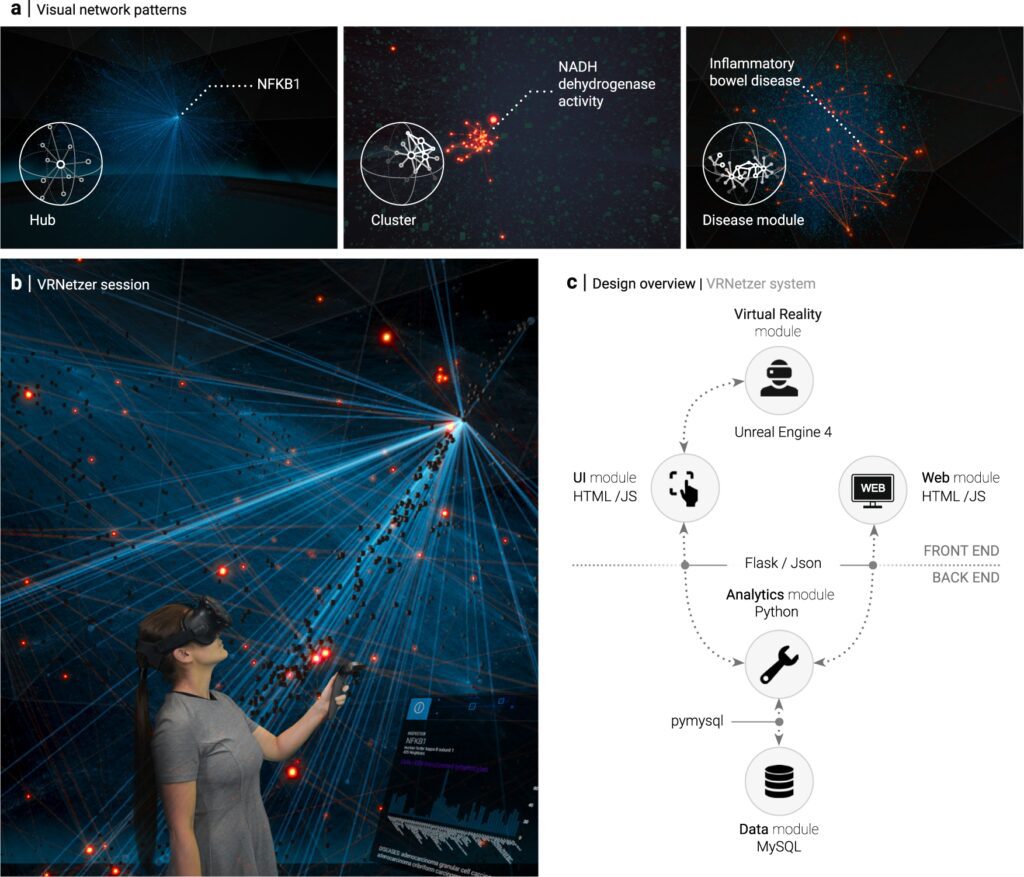Game development is a collaborative process that involves numerous stages from conception to release. The process begins with conceptualizing the idea and moves on to designing and prototyping, art design, programming and implementation, quality assurance, marketing, and release. To create games, developers use specialized software such as game engines and development kits, 3D modeling tools, and audio creation and editing tools. Due to advancements in technology, game development has become more accessible to a mainstream audience.
From Concept to Reality: The Game Development Process and the Tools Used
Introduction
Game development is a complex process that involves numerous stages from conception to release. Developing a game is a collaborative effort that involves comprising teams of designers, programmers, artists, and testers. In this article, we will discuss the game development process and the various tools used by game developers for creating modern games.
Conceptualizing the Idea
Game development begins with coming up with a concept or ideation of the game. This we call the ‘pre-production’ stage, which is crucial as this lays the foundation for the game development process. During this phase, game designers and game developers brainstorm ideas, trying to develop a comprehensive document that contains all the primary features and functionalities of their idea.
Designing and Prototyping
Once the design document is completed, the team gathers to determine the overall direction of the game. During this phase, the development team creates a prototype that allows them to experiment and test the gameplay mechanics, controls, and design choices. Creating a prototype allows the team to assess the feasibility of their ideas and to identify potential issues that need fixing.
Art Design
The next step in the game development process is concept art creation. The development team creates sketches, storyboards, and other visual elements to provide inspiration and clarity to the team. This art design is essential, and it is essential to create a cohesive visual style that aligns with the game’s overall direction.
Programming and Implementation
Once the art design is complete, programmers take over, transforming the game design document into a working game application using multiple programming languages suited for the game. The programmers ensure that the game works correctly and that it functions with minimal bugs or glitches.
Quality Assurance
Once the game is entirely functional, testing begins; this is where game testers go to work. They run various tests to ensure that the game mechanics work correctly in practice. Any glitches, bugs or other issues that are discovered are communicated to the development team for correction.
Marketing and Release
After months of work, the game is ready for release, and the marketing team comes into play. They promote the game through various channels, such as social media, trailers, convention appearances, and other means. Once there is enough buzz surrounding the game, the final product gets released, with the hopes of audience approval.
Tools Used for Game Development
Making a game is a creative process, and the tools used in creating games are specialized software that’s designed to streamline some of the game development process. Here are some of the most commonly used tools in game development.
Game Engines and Development Kits
A game engine is the backbone of any game development project. Game engines like Unity, Unreal Engine, and CryEngine are incredibly versatile and can handle a variety of game genres. Game Development Kits offer game makers the resources they need to create games, and it includes tools like Visual Studio for programming.
3D Modeling Tools
3D modeling software like Blender, Autodesk Maya, and 3D Studio Max is an essential tool for game developers. These tools allow developers to create 3D models, animations, and other visual elements necessary to give the game an immersive, realistic look that engages audiences with gameplay.
Audio Creation and Editing Tools
The use of sound is critical in conveying emotions and adding excitement to a game. Audio creation and editing tools like FL Studio, Avid Pro Tools, and Logic Pro X enable game developers to create sound effects, music, and other audio assets necessary for an immersive gaming experience.
Conclusion
Game development is an involved and collaborative process that involves several stages, from conceptualization to marketing and release. Game developers utilize an array of specialized tools and software, which help streamline the process and bring the game’s vision to life. With advancements in technology and the proliferation of game engines, tools, and software, game development has become more accessible to the mainstream audience.
